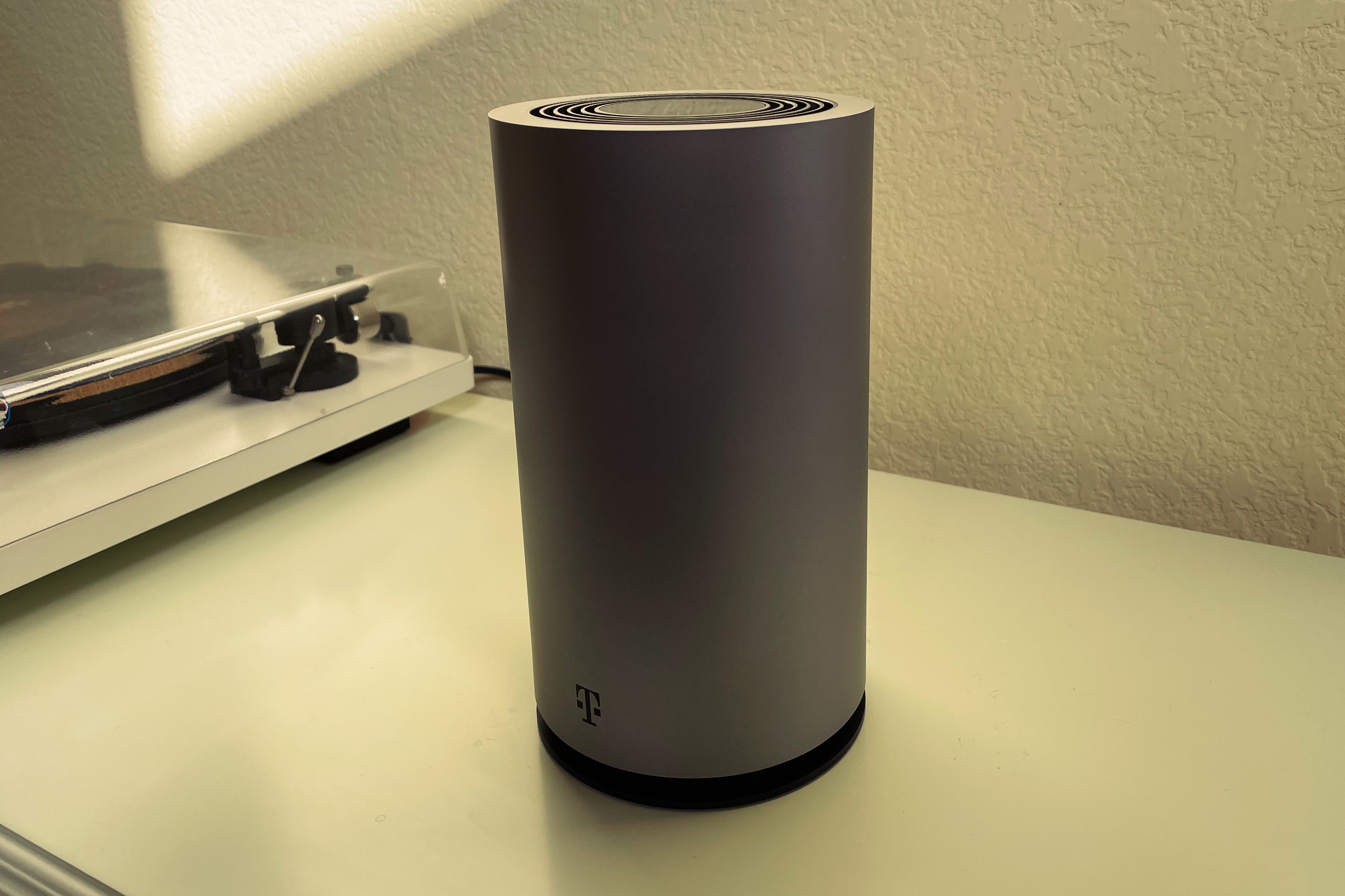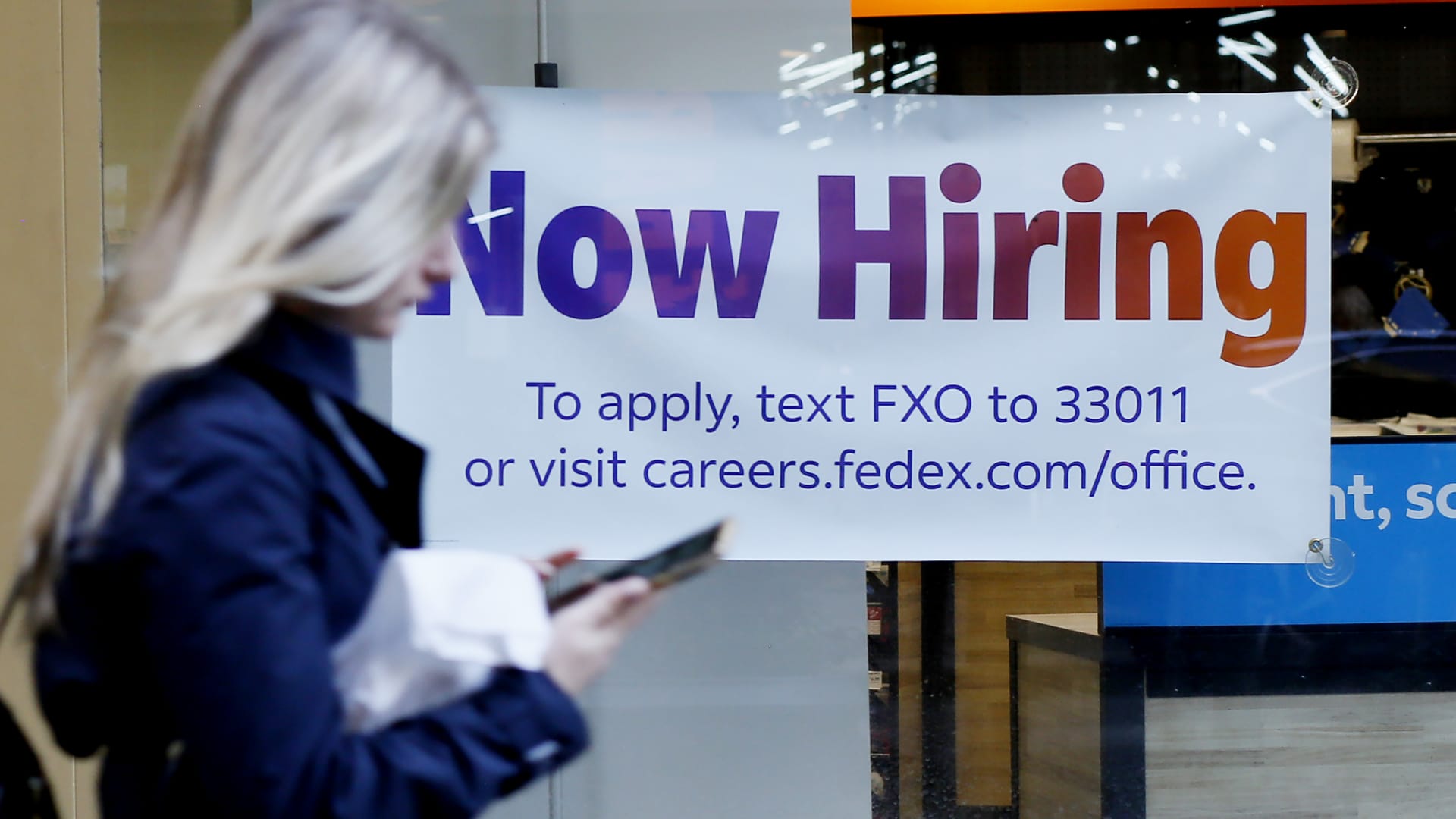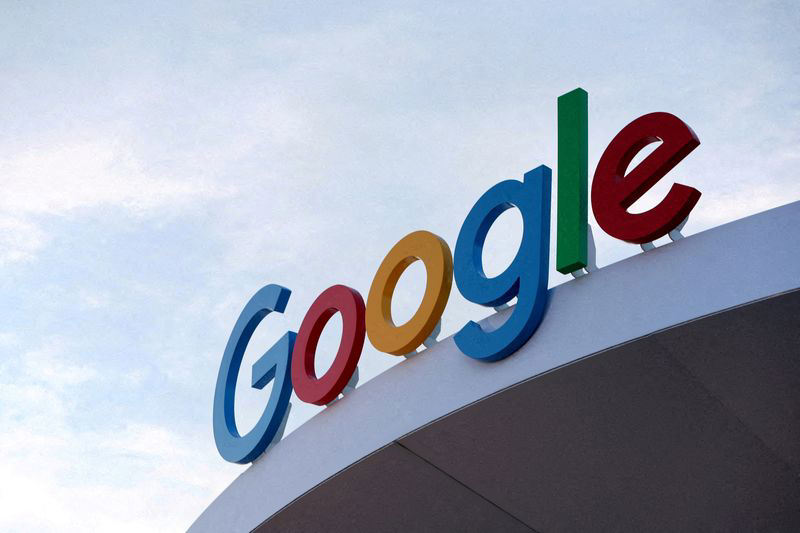
How SMS set back the mobile internet by ten years
Stop me if you’ve heard this one before: an obsessively perfectionist corporate maverick defies conventional wisdom and launches a radical new mobile “i”-phone that offers built-in email integration, an app store with simple payments and, finally, a decent way to surf the web, all tied together with revolutionary ease of use. Sales go gangbusters, the company mints billions, mobile Internet usage skyrockets and competitors are left scrambling to catch up.
I am, of course, taking about Japanese operator NTT DoCoMo’s launch of i-mode in 1999, spearheaded by Mari Matsunaga (pictured), who clawed her way up in the intensely male world of Japanese business and whose insistence of putting user experience first almost scuttled the project several times. i-mode phones were equipped with an “i” button that opened up a browser in one click, allowing users to surf in a curated portal of i-mode sites, some for subscribers only, most free but with in-site purchases charged directly to the user’s mobile bill, or to access the wider internet by entering URLs manually. Downloadable “i-appli” Java apps were launched shortly thereafter. Each phone also came with the “i-mail” email service that was completely interoperable with the general Internet (and other Japanese phones), delta some fairly drastic limitations on message size since we’re talking 320×200 screens and download speeds measured in kilobits. And since this was all running on packet-switched data, the billing scheme couldn’t have been simpler: pay per byte sent or received.
“So”, I hear you ask, “if this was so awesome, why have I never heard of this?” There are many theories, but I’m going to lay out the case for an unconventional one today: it’s all SMS’s fault.






/cdn.vox-cdn.com/uploads/chorus_asset/file/25330660/STK414_AI_CHATBOT_H.jpg)

















